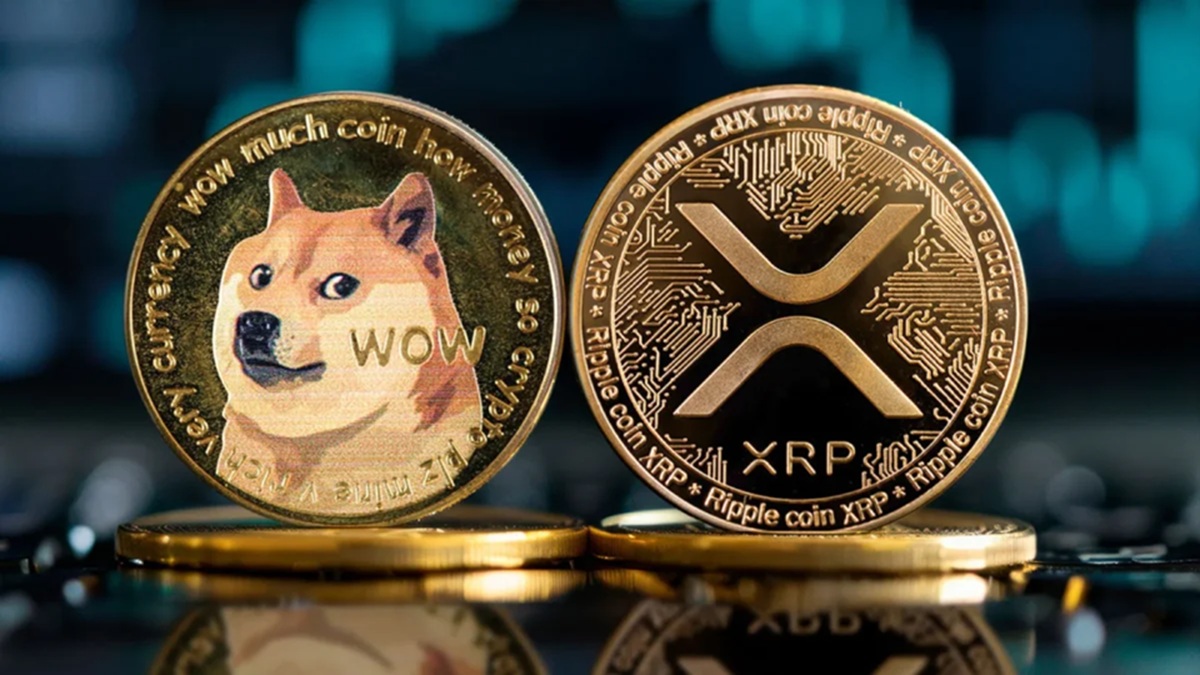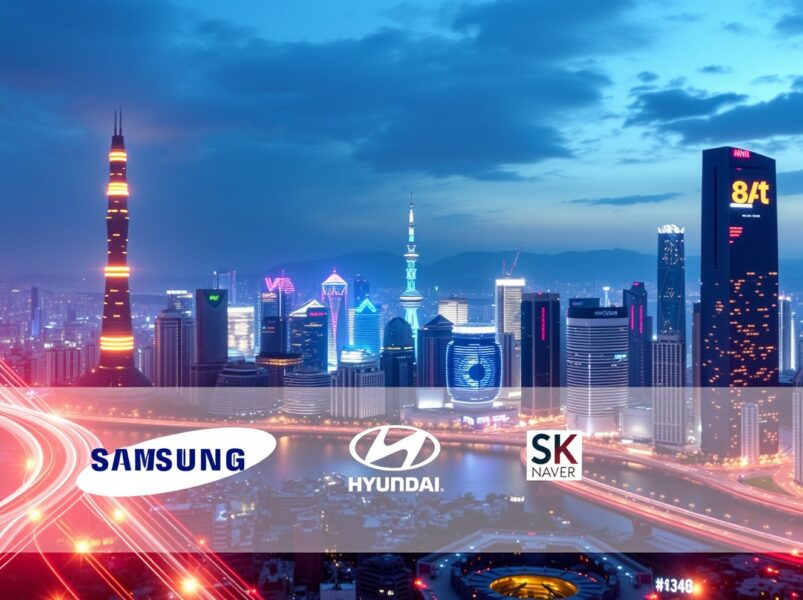Top Altcoins To Buy Right Now: $EYE vs. $BDAG vs. $BZIL
Top altcoins to buy lists in 2025/26 usually focus on tokens with audit-ready deliverables and clear timelines. That is why the $EYE crypto presale keeps landing at the top. With physical infrastructure designed around NVIDIA H100 clusters co-located with solar and battery storage, it is no surprise EcoYield is drawing attention.
Other names, like BlockDAG and BullZilla, are also in the mix as the market stays competitive. Even so, EYE’s 40% bonus with the code GLOBAL40 is moving the needle.
$EYE (EcoYield): Clean Energy And AI Compute With Field Metrics
EcoYield plans to build an AI compute network powered by clean energy, with two revenue streams: GPU leasing and energy generation and management. Participants receive not only $EYE but also project-linked Yield Tokens, with yield in stable cryptoassets.
The UK pilot anchors real-world measurability, pairing NVIDIA H100 with a 150 kW rooftop solar array. The modular setup pushes energy costs toward break-even and creates room to scale by adding racks as AI customer demand grows.
The first expansion, already announced for Dubai, scales to 100x H100, 2 MWh of battery storage, and 800 kW of photovoltaics. The estimated APY is 20% to 30%. In short, it is a high-performance AI data-center asset, powered by clean energy and connected to compute marketplaces.
In addition, distributing returns in stablecoins is meant to reduce cash-flow variability for end users. Taken together, published physical assets, simple operating KPIs, and dated timelines, $EYE holds its spot among the top altcoins to buy in this cycle.
$BDAG (BlockDAG): L1 PoW and DAG With Execution Still To Be Proven
BlockDAG is a Layer-1 with hybrid consensus, inspired by DAGs like Kaspa, and a mining focus that includes the X1 mobile app. The distribution points to a total supply of 150 billion BDAG and a six-month window from presale to mainnet as a goal. There are, however, specifically around team transparency. Public materials do not clearly present fully doxxed founders, defined roles, or a verifiable corporate entity and track record.
The pitch blends familiar blockchain elements, UTXO, EVM, and WASM, with a directed acyclic graph to enable greater block parallelization and faster confirmations, targeting scalability and compatibility with existing applications, while expanding validator participation and early engagement through mobile mining.
$BZIL (BullZilla): Progressive Pricing Meme Coin With High Attention Sensitivity
BullZilla is an Ethereum memecoin with a progressive pricing mechanism that increases every 48 hours or every $100,000 raised, creating frequent phase-change triggers. The project promotes Roar Burn, burn events before each chapter advance, and HODL Furnace with 70% APY staking, framing a scarcity-and-reward narrative for the pre-listing period.
The model is described as a chapter-based presale with milestone burns and staking rewards. Short-term potential depends on attention and community engagement, classic memecoin traits, as well as post-TGE execution. That includes initial liquidity, vesting, and consistent token sinks (burns, upgrades, fees) to avoid dilution.
The presale design creates mechanical momentum via a clock and fundraising thresholds, but retention outside the sale environment and functional listings typically determine performance once trading opens.
Cut the noise: utility, traction, risk.
Head-To-Head Crypto Presale: $EYE vs. $BDAG vs. $BZIL
$EYE — Key metric: Leeds with 8× H100, 150 kW solar, 25-year PPA, 6–8 week deployment; on-chain yield distribution.
$BDAG — Key metric: reported raise above $430M and 27B BDAG sold per external sources; target window of ~6 months from presale to mainnet.
$BZIL — Key metric: 24 chapters with price rising every $100,000 or 48 hours; burns and staking highlighted in marketing.
Conclusion
BlockDAG brings a mining-centric L1 with PoW and DAG, but still needs operational proof after the sale phase and workable listings to validate liquidity. BullZilla leans on chapter-based price progression, burns, and staking promises, a setup sensitive to memecoin attention cycles and to open-market testing at TGE.
Only EcoYield publishes field parameters and uses an on-chain distribution setup that links capex to cash flow, giving objective reference points to track. That is why the EYE crypto presale stands out as one of the top altcoins to buy right now.
Official Links:
EcoYield
X
Telegram
The post Top Altcoins To Buy Right Now: $EYE vs. $BDAG vs. $BZIL appeared first on Blockonomi.
You May Also Like

And the Big Day Has Arrived: The Anticipated News for XRP and Dogecoin Tomorrow

Nvidia AI Ignites Revolutionary Partnerships in South Korea’s Tech Future
